Programs Order 9066
Order 9066
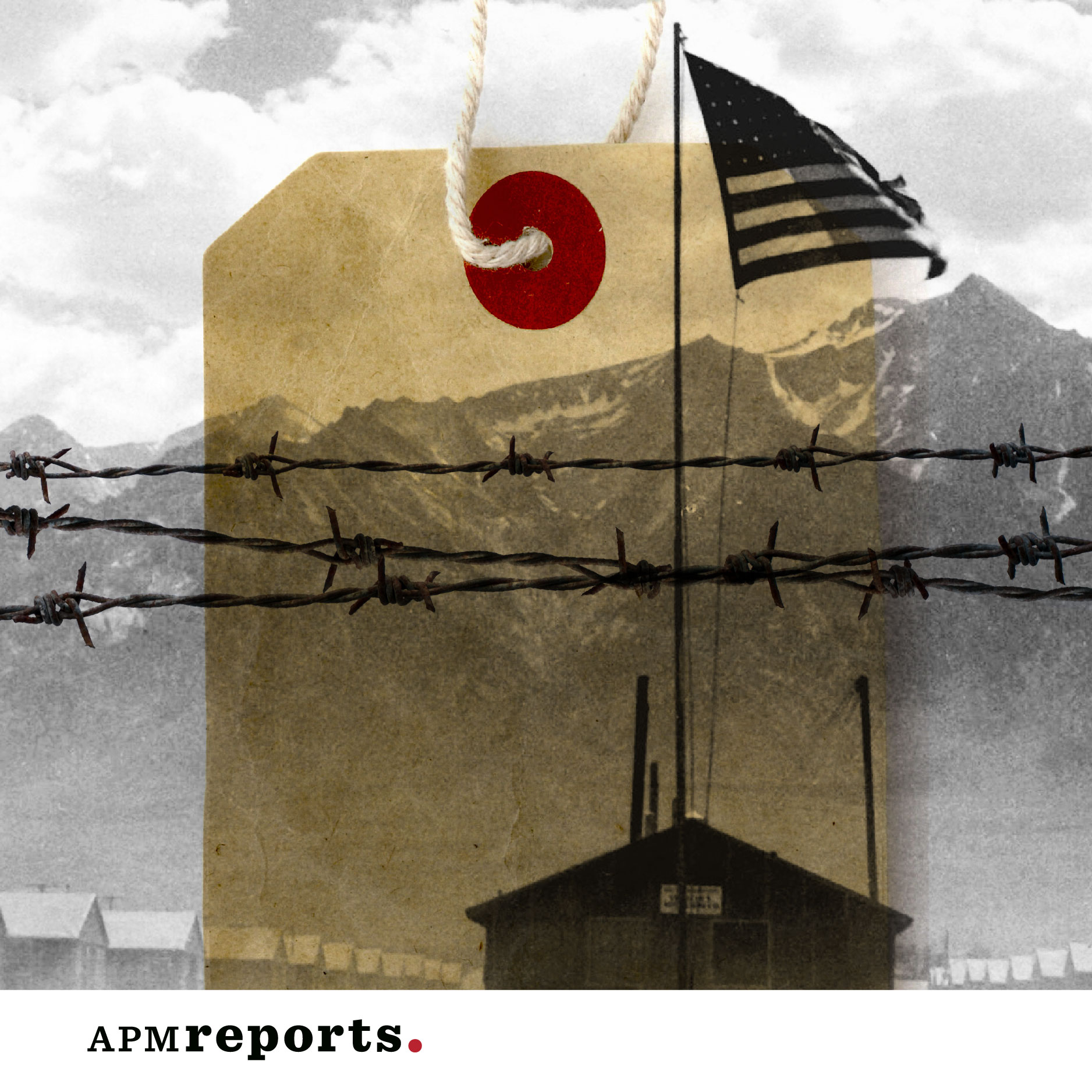
Overview
APM Reports strives to raise awareness, trigger debate and prompt positive change via non-partisan, independent investigative and documentary journalism.
Order 9066 is available at no additional charge. APM Reports' award-winning journalism is included in your affiliation fee. Air episodes as a series, or individually to meet the needs of your audience.
About the Series
Order 9066: Japanese American Incarceration in WWII
On February 19, 1942, President Franklin D. Roosevelt signed Executive Order 9066, just months after Japan bombed Pearl Harbor. Some 120,000 people of Japanese ancestry were forced from their homes on the West Coast and sent to one of ten "relocation" camps, where they were imprisoned behind barbed wire for the length of the war. Two-thirds of them were American citizens.
Order 9066 chronicles the history of this incarceration through vivid, first-person accounts of those who lived through it. With archival audio, historical context, and deeply personal narratives, the series offers audiences a nuanced and memorable account of how this shocking violation of American democracy came to pass, and its legacy in the present.
This moving, three-episode series is hosted by Sab Shimono and Pat Suzuki, veteran actors and stage performers who were both incarcerated at the Amache camp in Colorado. The series covers the racist atmosphere of the time, the camps' makeshift living quarters and the extraordinary ways people adapted; the fierce patriotism many Japanese Americans continued to feel and the ways they were divided against each other as they were forced to answer questions of loyalty; the movement for redress that eventually led to a formal apology from the US government, and much more.
Order 9066 is produced as a collaboration with the Smithsonian's National Museum of American History.
Hosts
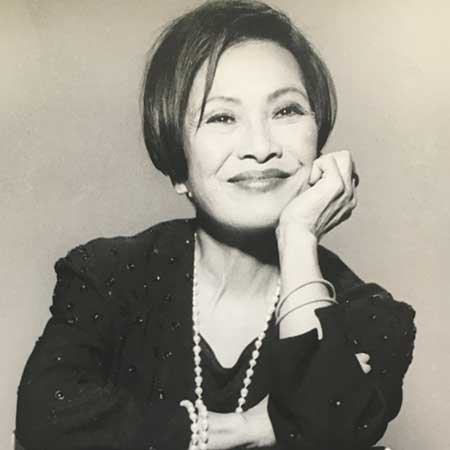
Download fullsized version
Pat Suzuki
Pat Suzuki is a veteran stage actress and popular singer. She is best known for her leading role in the Broadway production of Rodgers and Hammerstein's Flower Drum Song, and in 1960, her album Broadway '59 was nominated for a Grammy Award. Suzuki was a popular torch singer at The Colony in Seattle when Bing Crosby attended one of her shows, in 1957, and steered her toward a recording contract with RCA Victor. Suzuki was in high demand and began appearing on television, including The Frank Sinatra Show. Years later, she had a role alongside Pat Morita on the program Mr. T and Tina, the first show to star an Asian-American family.
Suzuki was born in 1930 and raised in Cressey, California, where her family owned a farm. When she was 12, Suzuki and her family were interned at the Amache prison camp in Colorado. Once freed, her family returned to Cressey and Suzuki eventually attended San Jose State University. She decamped for New York City in the late 1950s, where she has lived and worked ever since.
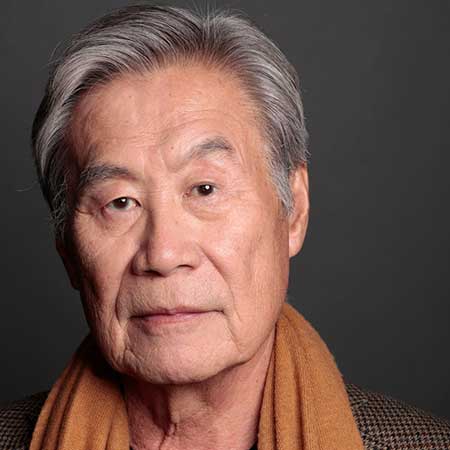
Download fullsized version
Sab Shimono
Sab Shimono was born and raised in Sacramento, California. In 1942, he and his family were interred at Tule Lake, California, and later transferred to Amache, Colorado, until their return to Sacramento in 1945.
He was educated in the Sacramento public school system before going on to UC-Berkeley. He then moved to New York City to study acting with the legendary Stella Adler. Not long after his completion of the two-year program, he landed his first Broadway role as Ito in the original production of Mame, with Angela Lansbury. Other Broadway credits include the original production of Pacific Overtures, Ride the Winds, and Lovely Ladies, Kind Gentlemen. He later returned to Broadway in revivals of both Mame and Pacific Overtures. He continues to perform onstage in regional theaters across the country.
His extensive film and TV credits include Old Dogs, The Big Hit, Presumed Innocent, Come See the Paradise, Gung Ho, Life Tastes Good, The Blacklist, Longmire, Madmen, Hawaii 5-O, Two and a Half Men, and Seinfeld, to name a few.
Sab is also a voiceover artist, and has appeared in The Simpsons, Jackie Chan Adventures, Teenage Mutant Ninja Turtles, and Stretch Armstrong. He has garnered critical acclaim from the New York Drama Desk Awards (nominee, Best Actor), L.A. Times, L.A. Weekly, Dramalogue, and a Clio Award for Best Actor.
About the Show
Hosts
Pat Suzuki and Sab Shimono
Length
01:00:00 each
Clocks
ContentDepot File Transfer
Preview audio: Available now (podcast)
Promo spot (0:30) available: July 10, 2018
Program rundown available: July 10, 2018
Program available: July 10, 2018
Producer
Stephen Smith
Kate Ellis
Marketing Tools
Digital Assets: Customizable ads and guidelines for your website and social media promotion.
Resources
Program Website
ContentDepot
Listener inquiries
Social Media
Episode Descriptions
Chapter One: The first episode introduces audiences to the atmosphere on the West Coast leading up to Pearl Harbor on December 7, 1941, and its impact on Japanese Americans. It describes FBI roundups of Japanese American community leaders and President Franklin D. Roosevelt's issuing of Order 9066, which led to the incarceration of 120,000 people of Japanese ancestry – most of them US citizens. Listeners will hear about the process of leaving home for prison camp, and the arrival at makeshift assembly centers—many of them former race tracks and fairgrounds, with many people forced to live in converted livestock barns. Japanese Americans were then sent to prison camps in remote parts of Arkansas and western states. Listeners will hear how incarcerated people adapted to the harsh conditions and made the best of their situation by organizing schools, sports teams, art groups and newspapers.
Chapter One on Content Depot
Chapter Two: From the beginning, there was resistance to incarceration. Many Japanese Americans in the camps fought for their rights as citizens. The opposition grew over time. The War Relocation Authority tried to extract loyalty pledges from those incarcerated and enlist for military service. The United States needed millions of men and women to serve in WWII. To meet that need, the US extended the draft to include Japanese American citizens held in the prison camps. This chapter chronicles the brave service of thousands of Japanese Americans, including the men of the 442nd Regimental Combat Team, which became one of the most decorated military units in the European Theater.
Chapter Two on Content Depot
Chapter Three: After the Allies won WWII, the prison camps were shut down. This final chapter describes the process of leaving camp, and how many former prisoners found themselves unwelcome in their home communities. This chapter features stories of people who flourished in post-war America, and those whose lives were destroyed by Order 9066. It also explores the issues of whether families talk about the experience over generations – or choose silence. Listeners will also hear about the long struggle by Japanese Americans to secure redress for the hardship and losses produced by incarceration, and how the Civil Liberties Act of 1988 granted wartime survivors a public apology, individual reparations, and a public education fund. As camp museums and visitor centers are built, and pilgrimages taken, the enduring legacy of the incarceration is considered.
Chapter Three on Content Depot
Show Logos and Photos
Don't see what you need, or need a different format? Our creative team is happy to help. Please submit a request.
Program logos and digital assets cannot be altered or co-branded (with your station logo, etc.) without APM approval. Please contact your Station Representative.

Download fullsized version
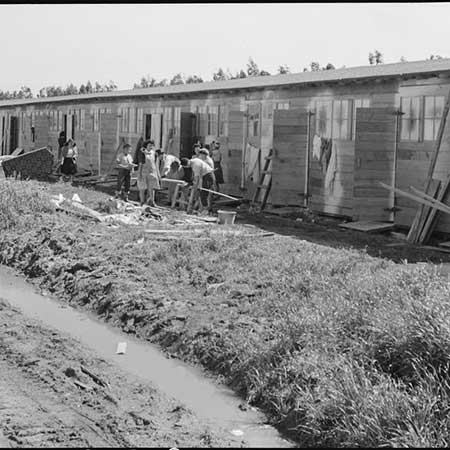
Download fullsized version
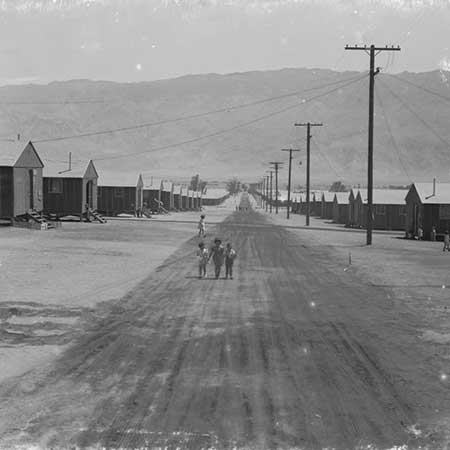
Download fullsized version
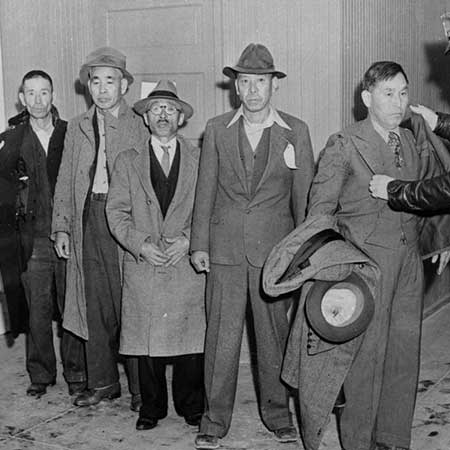
Download fullsized version
Broadcast Window
July 11-December 31, 2018, with multiple airings permitted.
Broadcast Rights
Affiliate stations may carry this program multiple times before January 1, 2019. The program must be carried in its entirety. No excerpting is permitted. Simulcast streaming rights are available for this program. Prior to carrying this program, stations must contact their American Public Media Station Relations Representative.
Questions about carrying APM Reports programs? We're here for you.
